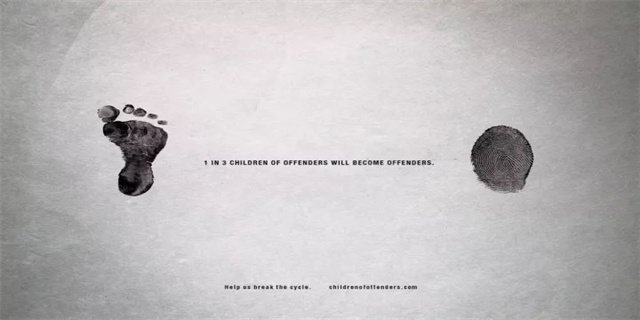When it comes to online conversations, emojis have become a universal language. They add nuance, humor, and emotion to messages that would otherwise fall flat. Among the most popular emojis are those related to World of Warcraft (WOW), an immensely popular massively multiplayer online role-playing game (MMORPG). While these emojis may seem like an obscure subculture, they're actually part of a global phenomenon that transcends borders and languages. Here's a closer look at how WOW emojis have captured the imagination of people around the world.
WOW emojis originated with the game itself, which debuted in 2004. As players created their in-game characters and began to communicate with one another, they quickly developed a set of shorthand phrases and symbols. The first emojis were crude, pixelated representations of facial expressions and body language. Over time, however, they became more sophisticated and diverse.
Part of the appeal of WOW emojis is their specificity. They reference characters, creatures, and settings from the game, lending a sense of insider knowledge to those who use them. For example, the \"wink\" emoji is often paired with the phrase \"For the Horde!\" a battle cry used by the game's Horde faction. Likewise, the \"facepalm\" emoji is a nod to Thrall, a character who frequently facepalms in the game's lore.

Despite their origin in a specific gaming community, WOW emojis have caught on among people of all ages and backgrounds around the world. They offer a way to express complex emotions and ideas without relying on text alone. Additionally, they serve as a form of cultural shorthand, connecting people who share a passion for gaming and fantasy.

The appeal of WOW emojis is evident on social media platforms like Twitter and Instagram, where users can post messages accompanied by an array of emoticons. Many WOW emojis have become so widely recognized that they've crossed over into popular culture. For instance, the \"Heal me\" emoji, which depicts a green cross, is now used by healthcare professionals and patients alike as a symbol of medical care.
As the popularity of online gaming continues to grow, it's likely that WOW emojis will only become more widespread. In fact, some experts predict that they could eventually replace traditional text-based communication altogether. Whatever the future holds, one thing is clear: WOW emojis have become an integral part of online culture, connecting people from all corners of the world through a shared language of images.
So the next time you see a \"Lok'tar ogar\" or \"For the Alliance\" emoji, don't be afraid to use it. You just might find that it opens up a whole new world of communication for you.

下一篇:山东临沂卫生学校中专毕业的招吗(如何成为山东临沂卫生学校中专毕业生的招生计划) 下一篇 【方向键 ( → )下一篇】
上一篇:古代姓石的名人(石头之家——古代姓石的名人) 上一篇 【方向键 ( ← )上一篇】
快搜